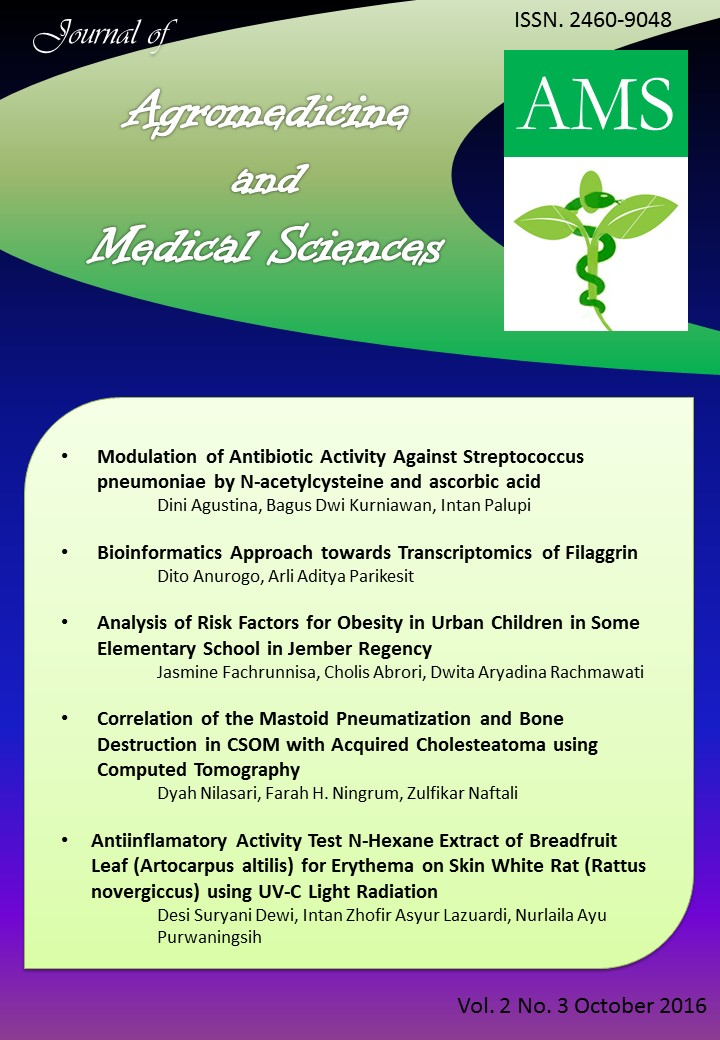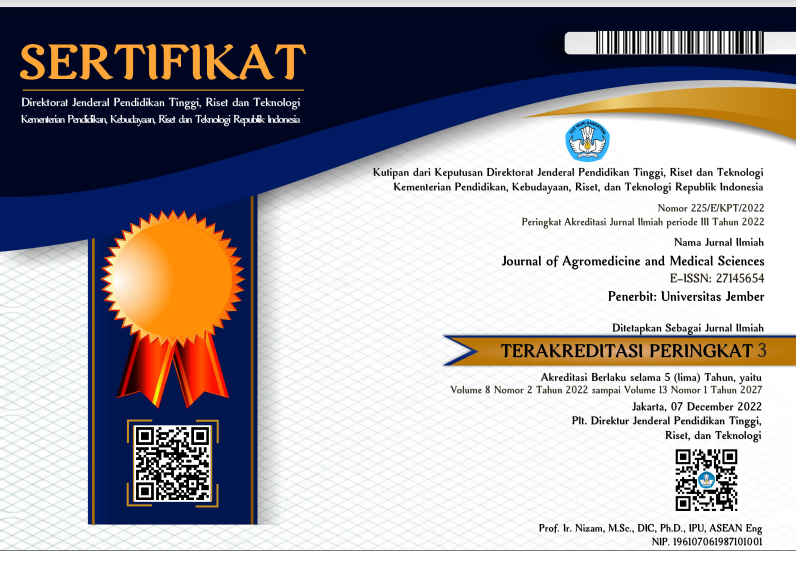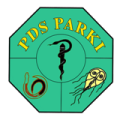Bioinformatics Approach towards Transcriptomics of Filaggrin
Abstract
Filaggrin, or filaments which combines protein, is one of the important structural protein that works for the development, maintenance, and the formation of the skin as an intact barrier. Filaggrin breakdown products regulate the hydration of the skin; contribute to the acidic pH of the skin, which in turn is essential for the activity of various proteases in the stratum corneum desquamation and lipid synthesis. Filaggrin produced by keratinocytes granular as a major precursor called profilaggrin, encoded by the FLG gene, located in the epidermal differentiation complex on chromosome 1 (1q21 locus). The locus contains a group of genes involved in epidermal differentiation. Filaggrin deficiency has some consequences on the organization and function of epidermal with important implications such as increased risk for atopic disease or a microbial infection. FLG mutation, a gene that encodes filaggrin, has been shown to cause ichthyosis vulgaris, increasing the risk of atopic dermatitis and other atopic diseases. This research examined the FLG gene based bioinformatics approach to search for conserved region of representative mammals that encode coding (m) and non-coding (nc) RNAs. Expected mRNA expression can be used as a diagnostic and therapeutic agent against deficiencies and filaggrin mutations.
Key words: filaggrin, FLG, profilaggrin, filaggrin deficiency, bioinformatics.






















